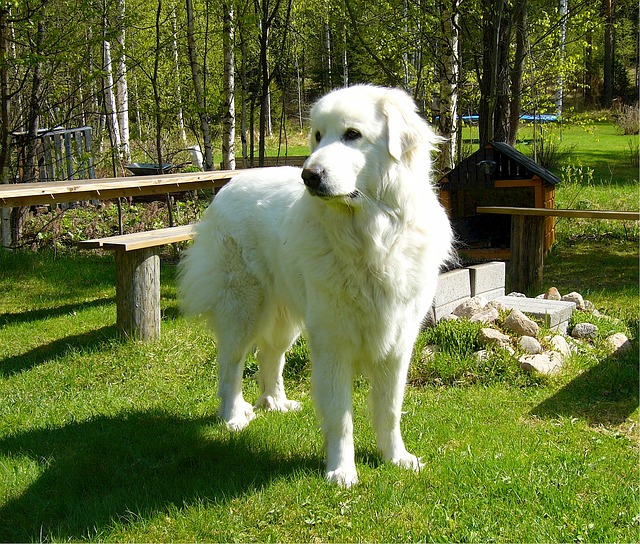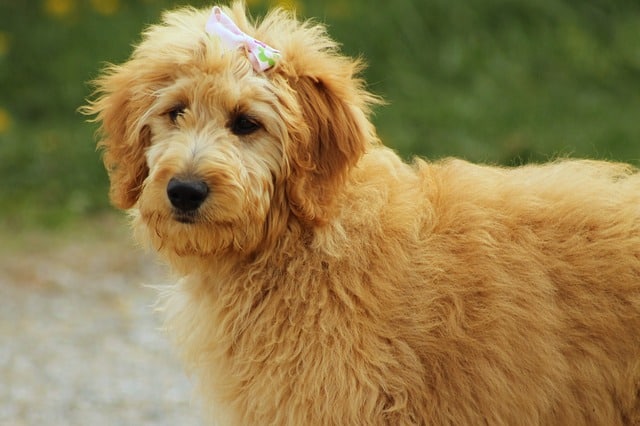Choosing between a German Shepherd and a Bernese Mountain Dog isn’t easy if you’re hoping for the right fit for your family or lifestyle.
German Shepherds and Bernese Mountain Dogs look, act, and feel different, so it’s worth knowing both breeds before you decide.
This side-by-side comparison highlights what makes each dog unique and might nudge you toward the one that feels right.
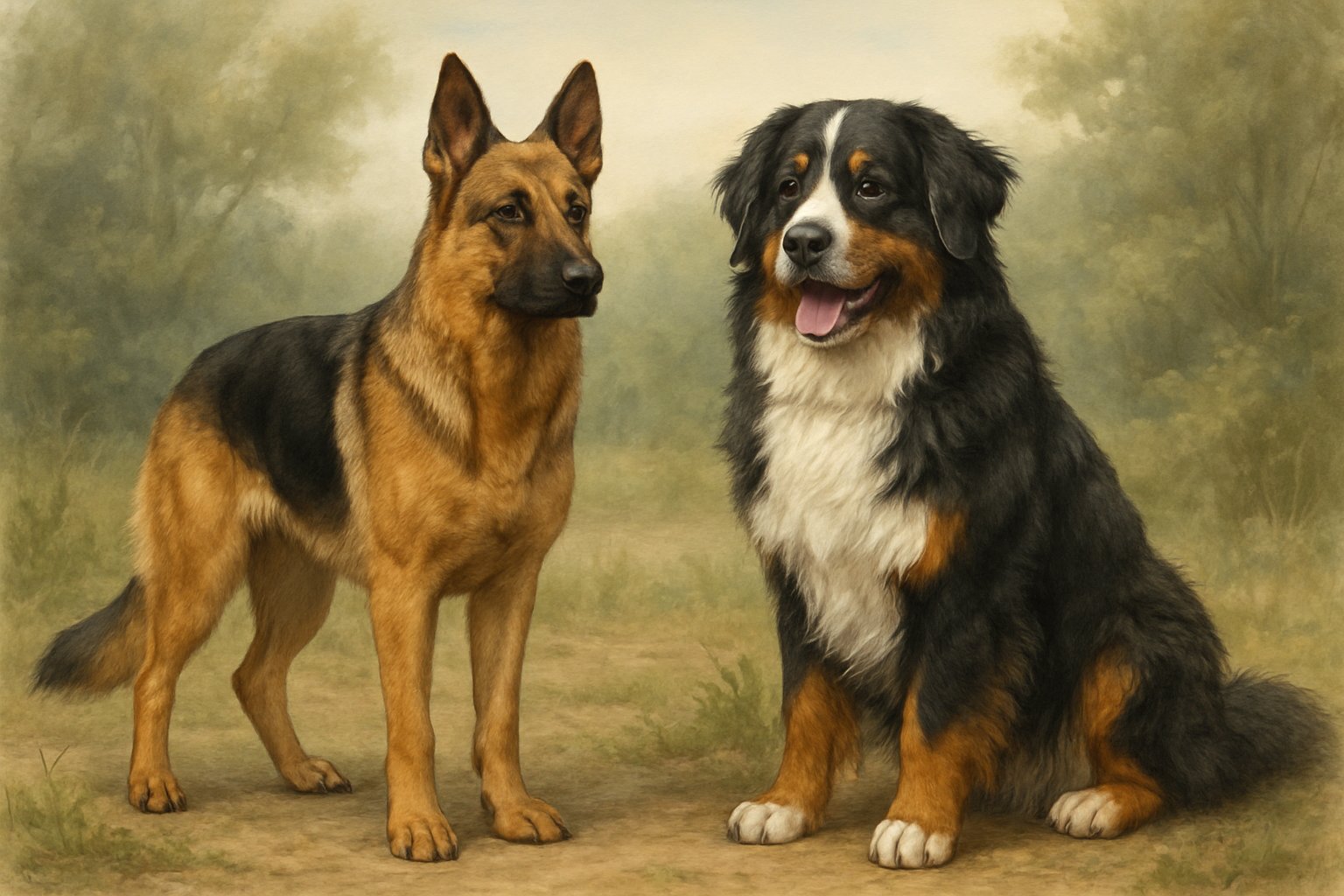
Both breeds are popular for good reasons, but they bring different things to the table.
German Shepherds have a reputation for brains and a strong work drive.
Bernese Mountain Dogs are gentle, strong, and easy to be around.
Key Takeaways
- German Shepherds and Bernese Mountain Dogs come from different backgrounds and have their own strengths.
- Their looks and personalities set them apart.
- Knowing their needs makes it easier to find your match.
Breed Origins and History
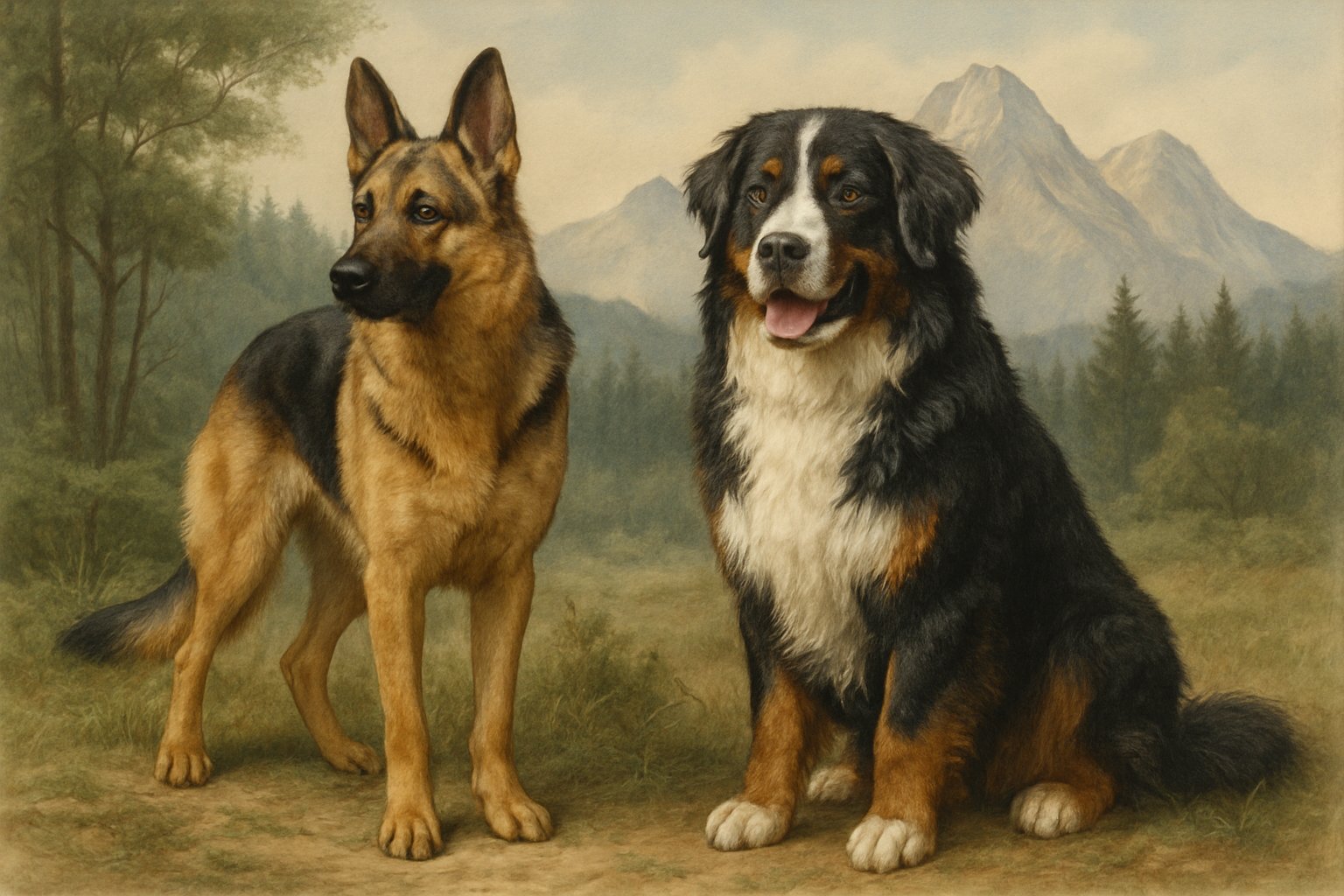
German Shepherds started in Germany, herding and protecting sheep.
Bernese Mountain Dogs hail from Switzerland, where they helped out on farms.
German Shepherd: Roots and Purpose
The German Shepherd breed began in Germany in the late 1800s.
Purpose: They were bred to herd and guard sheep, but also did other farm jobs.
Development: Max von Stephanitz, a German cavalry officer, created the breed to be strong, clever, and loyal. He wanted a top-notch working dog.
Roles: Their skills led them to work as police, search-and-rescue, and military dogs worldwide.
Ancestry: They come from old German herding dogs known for being dependable and hardworking.
People love German Shepherds for their intelligence, energy, and trainability.
Bernese Mountain Dog: Swiss Heritage
Bernese Mountain Dogs come from the Swiss Alps, especially around Bern.
They’re one of four Swiss mountain dogs, called Sennenhunds.
Purpose: Swiss farmers bred them for pulling carts, guarding, and herding cattle.
Ancestry: Their roots probably include ancient Roman mastiffs and local Swiss dogs.
Role with Farmers: On small farms, they guarded livestock and helped with chores. Their calm, steady nature made them great companions.
Bernese Mountain Dogs stand out for their tricolor coats and gentle, friendly vibe.
Physical Characteristics and Appearance
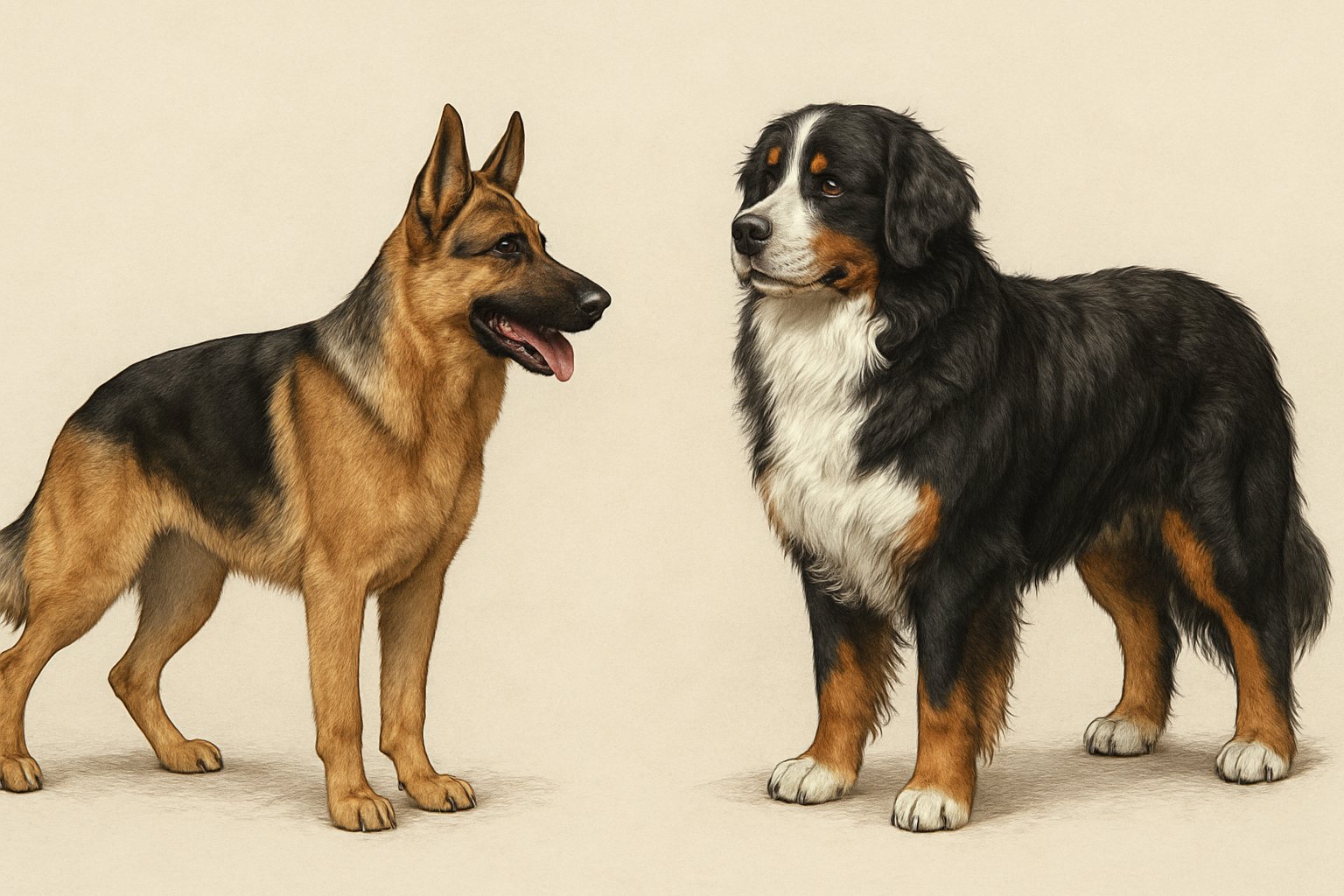
German Shepherds and Bernese Mountain Dogs are both large breeds, but they don’t look or feel alike.
Their size, coats, and markings stand out right away.
Size and Weight Differences
German Shepherds are strong, lean, and athletic.
Most stand about 22 to 26 inches tall at the shoulder, weighing 50 to 90 pounds.
Males are usually bigger than females.
Bernese Mountain Dogs are bigger and heavier.
They stand 23 to 28 inches tall and can weigh anywhere from 70 to 120 pounds.
People often call them “gentle giants” because of their calm attitude and big size.
The Bernese has a wide build and deep chest, while the German Shepherd looks sleeker and more agile.
| Breed | Height (inches) | Weight (pounds) |
|---|---|---|
| German Shepherd | 22 – 26 | 50 – 90 |
| Bernese Mountain Dog | 23 – 28 | 70 – 120 |
You’ll notice Bernese Mountain Dogs look bulkier and weigh more.
German Shepherds are a bit shorter and seem lighter on their feet.
Coat Color and Texture
German Shepherds have a double coat that’s straight and dense, sometimes medium, sometimes long.
Most common colors are black and tan, but you’ll see sable, black, white, or even blue.
Their coat keeps them safe from the weather.
Bernese Mountain Dogs have a thick, long, and silky double coat.
Their classic look is tricolor: jet black with rust and white markings.
It’s a striking pattern that really pops.
Their coat keeps them warm when it’s cold out.
Both breeds shed, but Bernese Mountain Dogs need more brushing to keep their fur looking good.
The Bernese’s coat feels soft, while the German Shepherd’s is usually a bit firmer.
Distinctive Features
German Shepherds are easy to spot with their upright ears, pointed muzzle, and bushy tail.
Their almond-shaped, dark eyes give them a smart look.
They have long bodies and strong backs.
Their movements are smooth and steady.
Bernese Mountain Dogs have broad, gentle faces and a blocky nose.
Their ears are medium-sized and flop down.
The white blaze on their chest and sometimes on their face is their signature marking.
They usually have white on their paws and the tip of their tail.
Bernese Mountain Dogs look strong but gentle.
German Shepherds look sharp and ready for action.
Both breeds stand out, just in different ways.
Temperament and Personality Traits
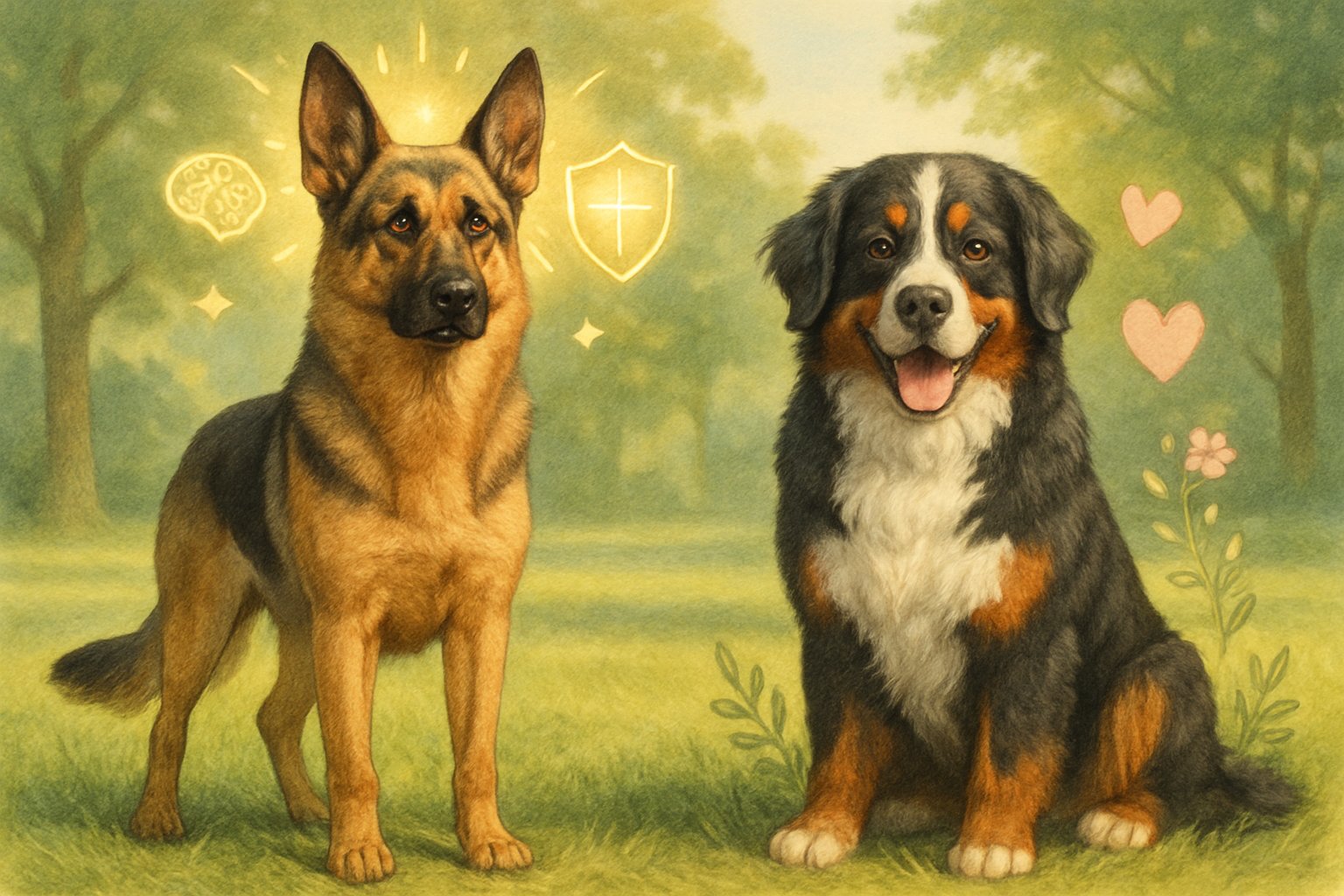
German Shepherds and Bernese Mountain Dogs have personalities that really set them apart.
Their affectionate behavior, energy, and family style might help you figure out which fits your home.
Affectionate and Loyal Behavior
German Shepherds are famously loyal.
They bond deeply and often feel protective of their family.
These dogs like to be nearby and watch over the house.
Bernese Mountain Dogs show affection in a softer, more relaxed way.
They love being petted and rarely act aggressive.
If you want a dog that seeks out hugs and cuddles, the Bernese is probably your pick.
Here’s a quick comparison:
| Trait | German Shepherd | Bernese Mountain Dog |
|---|---|---|
| Affection Level | High | Very High |
| Loyalty | Very Loyal | Deeply Loyal |
| Relaxed Nature | Moderate | Very Relaxed |
Both breeds make great family pets if you give them attention and care.
Energy Levels and Activity
German Shepherds are high-energy dogs.
They love running, hiking, playing fetch, and anything that keeps their minds and bodies busy.
If you don’t keep them active, they can get bored and act out.
Bernese Mountain Dogs are much more laid-back.
They need daily walks and some play, but they’re not as driven.
They tire out faster, especially in the heat, and are happiest with moderate activity.
Key points:
- German Shepherds: Need 1–2 hours of active exercise daily.
- Bernese Mountain Dogs: About 30–60 minutes of moderate activity does the trick.
If you want a running or hiking buddy, go with the German Shepherd.
If you’d rather have a relaxed companion, the Bernese Mountain Dog is a solid choice.
Interaction with Families and Children
German Shepherds are protective and make reliable family dogs if raised with kids.
They usually get along with children, though sometimes their herding instincts kick in and they might try to “herd” little ones.
It’s smart to supervise play, especially with small kids.
Bernese Mountain Dogs are gentle giants.
They’re patient and calm with kids of all ages.
Their size can seem intimidating, but they rarely act aggressive and tend to be tolerant.
Family tips:
- Always keep an eye on young kids with big dogs.
- Teach children to treat dogs gently.
- Family activities help both breeds bond and stay happy.
Exercise, Training, and Intelligence
German Shepherds and Bernese Mountain Dogs are both smart, but their exercise needs and training styles aren’t quite the same.
Paying attention to these differences can make life a lot smoother.
Exercise Requirements
German Shepherds are high-energy and need 1-2 hours of exercise each day.
Long walks, runs, hikes, or playtime all help.
They also crave mental challenges—puzzle toys and obedience games are perfect.
If you don’t keep them busy, they can get into trouble with chewing or barking.
Bernese Mountain Dogs need less—about 30-60 minutes of exercise a day.
Slow walks, short hikes, or gentle yard play work well.
They’re not as intense as German Shepherds.
Don’t overdo it when they’re puppies; their joints are still growing.
Here’s a simple comparison:
| Breed | Daily Exercise Needed | Activity Level |
|---|---|---|
| German Shepherd | 1-2 hours | High |
| Bernese Mountain Dog | 30-60 minutes | Moderate |
Trainability and Positive Reinforcement
German Shepherds are famously easy to train.
They learn quickly and often work as police or service dogs.
Start training early and use positive reinforcement—treats, praise, whatever works.
They want to please and do best with consistency.
Bernese Mountain Dogs are smart but sometimes stubborn or slow to mature.
Be gentle and patient when training them, and repeat lessons as needed.
Kind, reward-based methods work best.
Harsh corrections just make them anxious.
Both breeds need early socialization to become confident.
Short, fun training sessions keep them interested.
Health, Lifespan, and Grooming Needs
German Shepherds and Bernese Mountain Dogs each have their own health risks.
They differ in lifespan, shedding, and grooming.
Common Health Issues and Lifespan
A German Shepherd usually lives 9 to 13 years.
They’re prone to hip dysplasia, bloat, and sometimes elbow dysplasia.
Keeping your dog at a healthy weight and going to the vet regularly helps.
A Bernese Mountain Dog’s life is shorter—6 to 8 years is typical.
Cancer is sadly common, even in young dogs.
They also face hip and elbow dysplasia and risk bloat.
Bloat is an emergency for both breeds.
Bernese Mountain Dogs face more serious health concerns that can impact their lives.
Shedding and Grooming Requirements
German Shepherds:
They’ve got a double coat and shed all year.
Twice a year, expect a heavy “blowout” of fur.
Brush them 2-3 times a week.
During those big shedding seasons, you’ll probably want to brush daily.
Bernese Mountain Dogs:
Their coat is thick, long, and double-layered.
Shedding ranges from moderate to heavy, especially in spring and fall.
Weekly brushing is essential.
If you brush more often, you’ll help prevent tangles and mats.
Both breeds need regular grooming to keep their coats healthy.
German Shepherds usually need more frequent brushing, while Bernese Mountain Dogs often need extra attention for knots and mats because their hair’s longer.
Neither breed is what anyone would call low-shedding.
Comparison with Other Popular Dog Breeds
Thinking about a German Shepherd or a Bernese Mountain Dog?
It’s smart to see how they stack up against other popular breeds.
Size, temperament, exercise habits, and grooming needs can be wildly different from one breed to the next.
Large Breed Alternatives
Other big dogs like the Great Dane, Mastiff, Newfoundland, and Saint Bernard are even larger than German Shepherds or Bernese Mountain Dogs.
These breeds need more space and, honestly, eat a lot more.
They’re usually gentle giants, but they don’t tend to live as long.
A Great Pyrenees is another large option, but it’s a bit more independent than a German Shepherd.
Irish Wolfhounds and Anatolian Shepherds are also massive and protective.
If you want a strong guard dog, these breeds might be worth a look.
Here’s a quick size comparison for perspective:
| Breed | Average Height | Average Weight |
|---|---|---|
| German Shepherd | 22-26 in | 50-90 lbs |
| Bernese Mountain | 23-28 in | 70-115 lbs |
| Great Dane | 28-34 in | 100-200 lbs |
| Newfoundland | 26-28 in | 100-150 lbs |
| Saint Bernard | 26-30 in | 120-180 lbs |
Medium and Small Breed Comparisons
Thinking about a breed that’s easier to handle or doesn’t hog all your space? The Collie, Australian Shepherd, Border Collie, and Boxer are solid medium-size options.
Labrador Retrievers and Golden Retrievers have friendly personalities and usually pick up training faster than some of the larger breeds.
For folks with smaller homes, the Beagle, Boston Terrier, Pembroke Welsh Corgi, and Bichon Frise might fit the bill. These pups bring a lot of energy and playfulness, but they don’t need a huge backyard.
Tiny breeds like the Chihuahua, Pomeranian, Maltese, and Yorkshire Terrier tend to do best in apartments. They’re small enough to curl up just about anywhere.
Dealing with allergies? The Shih Tzu and Bichon Frise are a bit more hypoallergenic than breeds like German Shepherds or Bernese Mountain Dogs.
If you want a dog with lower exercise needs, maybe check out the Bulldog, Pug, or Cavalier King Charles Spaniel.
Rescue dogs come in all shapes and sizes, and honestly, they can make incredible pets. It all comes down to your space, your experience, and what you want in a four-legged buddy.


